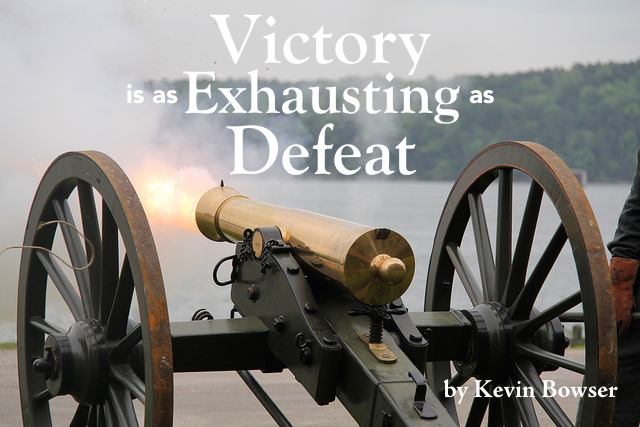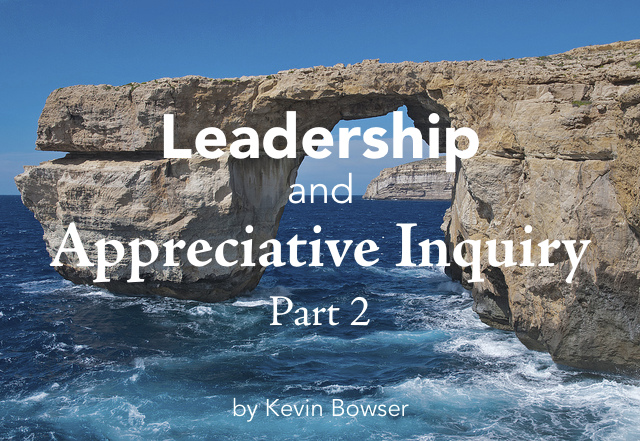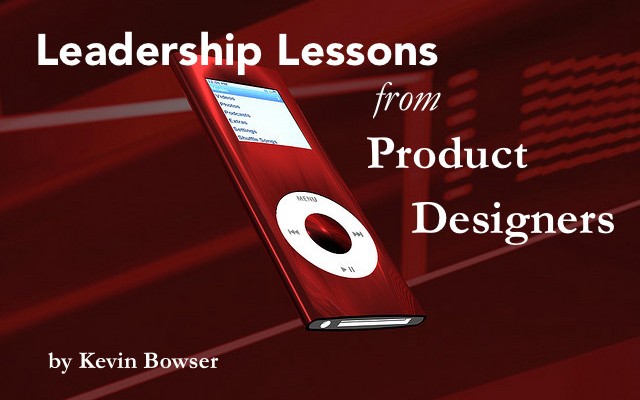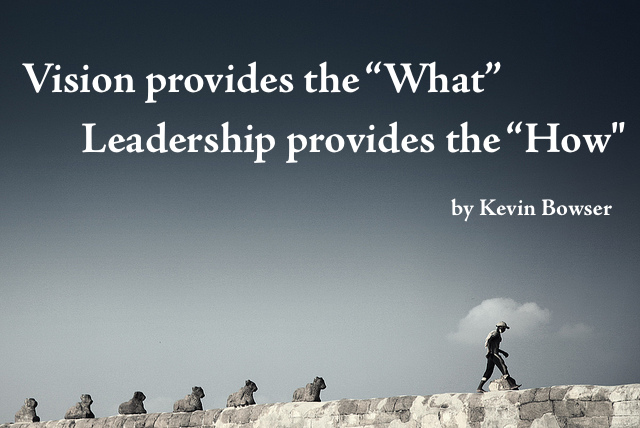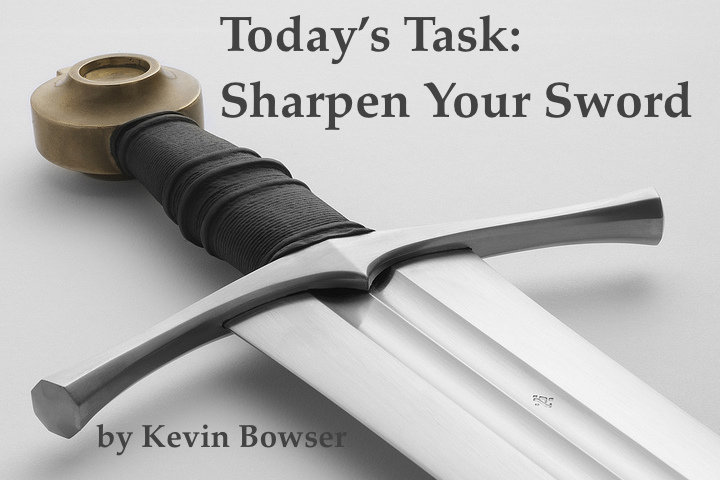I am deep into the pages of a historical novel from the Civil War era and that is set at the time of the Battle of Shiloh.
For those of you who are not history buffs or military enthusiasts, I offer the following short synopsis of the battle.
The Battle of Shiloh was a major battle in the Civil War, It was fought Sunday and Monday, April the 6th and 7th of 1862, in the southwestern part of Tennessee. The Union army under Major General Ulysses S. Grant had moved via the Tennessee River deep into Tennessee and was encamped principally near a little church at a place called Pittsburg Landing on the west bank of the river. It was there that Confederate forces under Generals Albert Sidney Johnston and Pierre G. T. Beauregard launched a surprise attack on Grant’s army. General Johnston was killed in action during the fighting and Beauregard, who thus succeeded to command of the army, mate the fateful decision against pressing the attack late in the evening of Sunday the 6th of April. Overnight, General Grant received considerable reinforcements from another Union army under Maj. Gen. Don Carlos Buell that allowed him to launch an unexpected counterattack the next morning which completely reversed the Confederate gains of the previous day.
One of the main characters of the story is Capt. Michael Grierson: A volunteer with the 5th Texas Artillery. Michael makes several keen observations in the lull that followed the Confederates initial crushing defeat of the Union Army. As he observes the Union prisoners marching past him as he sits astride his horse he observes the situation and sums if up this way:
Click here to read the rest of the article »

